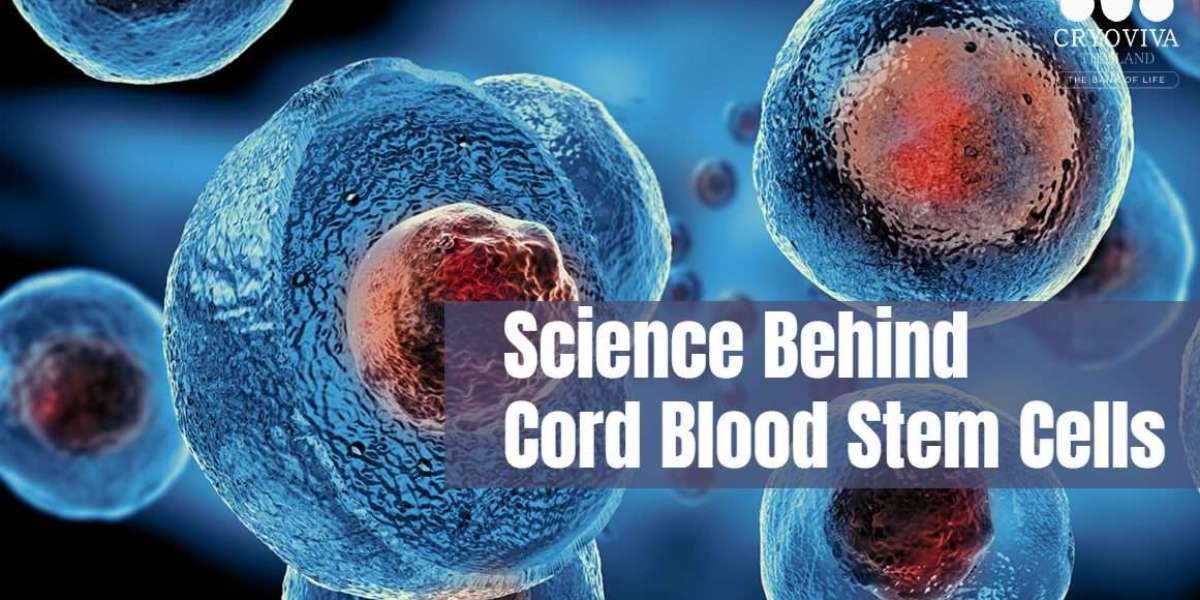Stem cells are unique cells found in tissues such as cord blood that can develop into many cell types in the body. Cord blood stem cells, or pluripotent cells can differentiate into cells that make up tissues and organs.
Cord blood contains hematopoietic stem cells, which are significant because they can develop into blood and immune system cells such as red blood cells, white blood cells, and platelets.
Process to Extract the Stem Cells
After birth, cord blood stem cells are extracted from the umbilical cord and placenta. When the umbilical cord is cut after birth, it still contains significant blood. This cord blood is typically thrown as medical waste. However, it is a rich source of stem cells.
Here is the description of the collection process of cord blood stem cells:
- The umbilical cord is clamped and cut from the baby after the birth.
- Cord blood is collected from the umbilical cord vein by experts.
- The collected cord blood is safely packed in proprietary transfer kits and, within 24 hours, reaches the stem cell labs.
- The sample quality is evaluated, and all the required tests are conducted for maximum safety and to ensure viability.
- The cord blood is processed by patented technologies to yield the maximum number of stem cells.
- The end product is stored at -196 degrees Celsius for 21 years.
Potential Uses and Clinical Trials of Stem Cell Therapy
Here are the potential uses and clinical trials of cord blood stem cells:
- Used to treat over 80 diseases, including leukemia, lymphoma, neuroblastoma, thalassemia, and sickle cell anemia. In clinical trials, cord blood stem cells treat cerebral palsy, autism, brain injuries, and cerebral hypoxia.
- It can be an alternative stem cell source for bone marrow transplants. Cord blood stem cells are more easily accessible and have a lower risk of transmitting infections than bone marrow stem cells. They are also less likely to cause rejection or graft-versus-host disease.
- Currently in clinical trials for treating diabetes, heart disease, neurological conditions like Parkinson’s and Alzheimer’s, and liver disease.
Read more: https://rb.gy/rw4s1j



